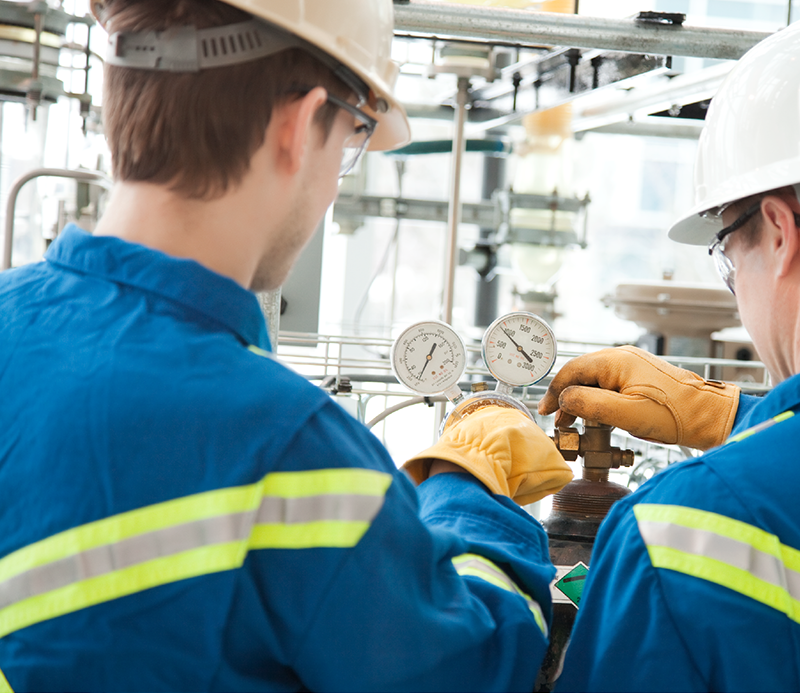Validation & calibration services
Designing your monitoring process for compliance
-
Validation & Calibration Services
Let’s make your job easier
Mesa Labs’ continuous monitoring systems validation & calibration services take our decades of experience building quality control instruments and shares it with your teams. Take advantage of our comprehensive expertise and knowledge of critical monitoring processes and how to make them meet operating regulatory guidelines.

IQ/OQ/PQ services & documentation
With Mesa’s Installation Qualification (IQ), Operational Qualification (OQ) and Performance Qualification (PQ) protocols and services, you can be assured that your equipment has been validated and is ready for use.

Warehouse mapping
What impact does the HVAC system have on your warehouse hot spots? Does a change in airflow impact temperature equilibrium across the warehouse? Is changing weather a factor for certain areas of the warehouse? Mesa works with you and your team to look into every variable that may impact the viability of your product.

Temperature mapping
Using our proven analytical process, the Mesa team not only works with you to conduct a temperature study, but also empowers your staff with the knowledge to improve your processes and environments.

Equipment qualification & calibration
Mesa Global Services provides IQ, OQ, IOQ, or PQ protocols to fit your validation needs. Our experience in the validation field allows us to create highly customizable documents that meet all of your design, product, company, and regulatory requirements.

Process control validation
Mesa provides guidance for manufacturers working to meet the requirements of the FDA Code of Federal Regulations Title 21, Sections 820.70 and 820.75. Our staff is well-versed in these regulations and we have the experience and expertise to assist in the planning and execution of the controls and procedures.

Consulting & assessment
From initial design to process qualification, Mesa is the ideal partner for GxP manufacturing consultation and support. Our own processes are highly scrutinized, and we bring that same attention to detail to your processes and equipment.